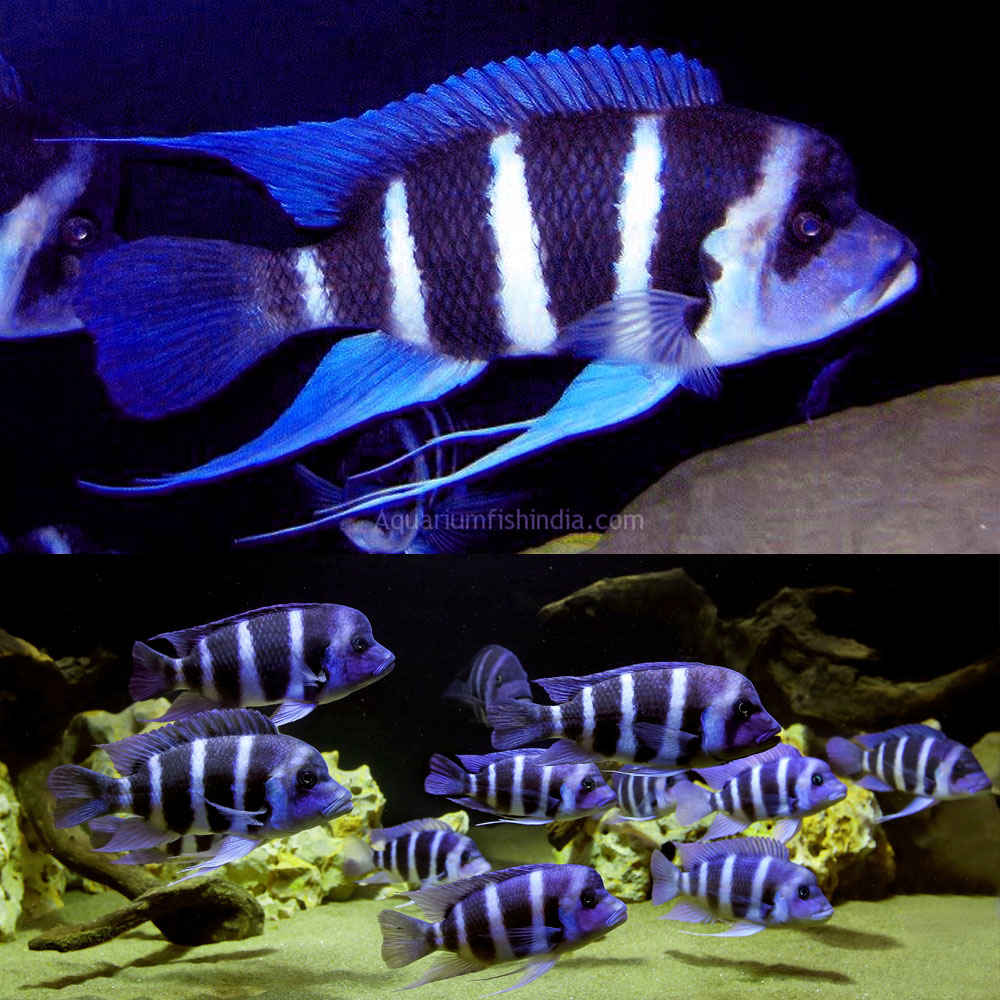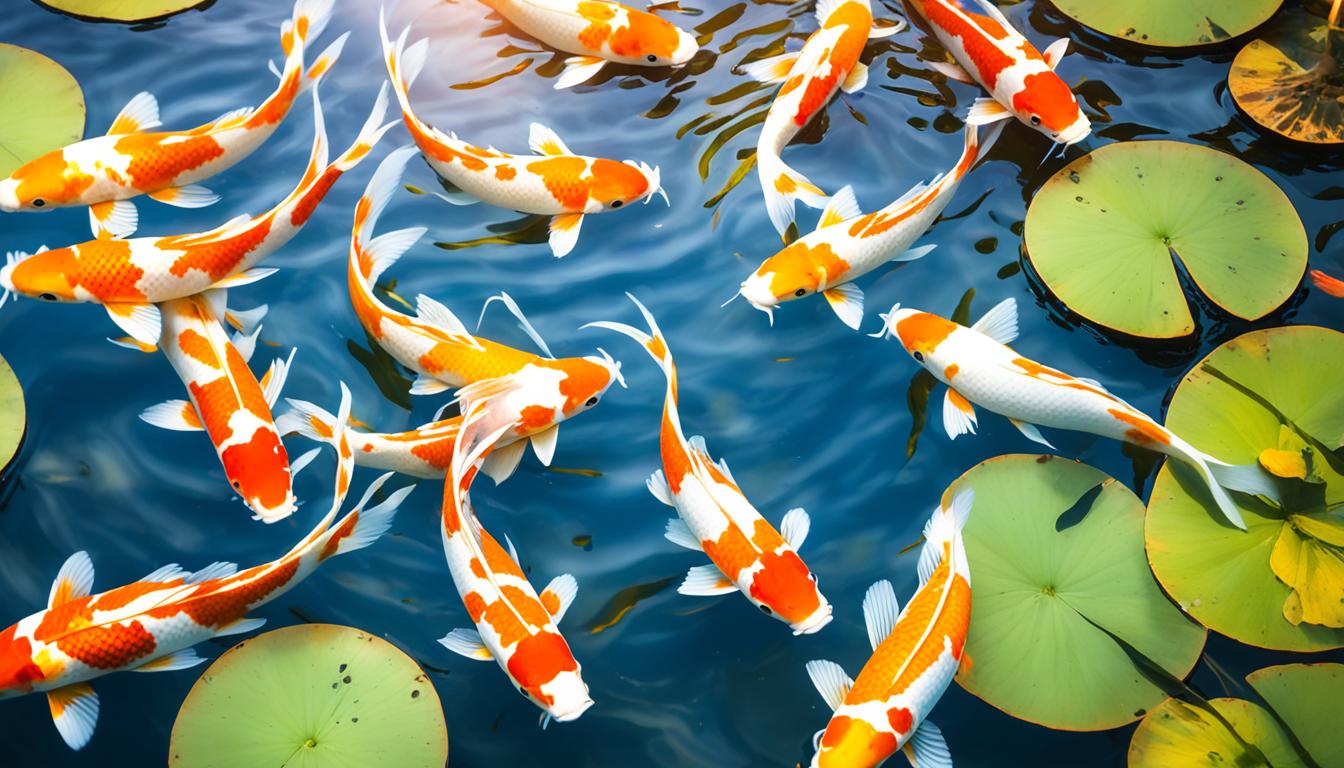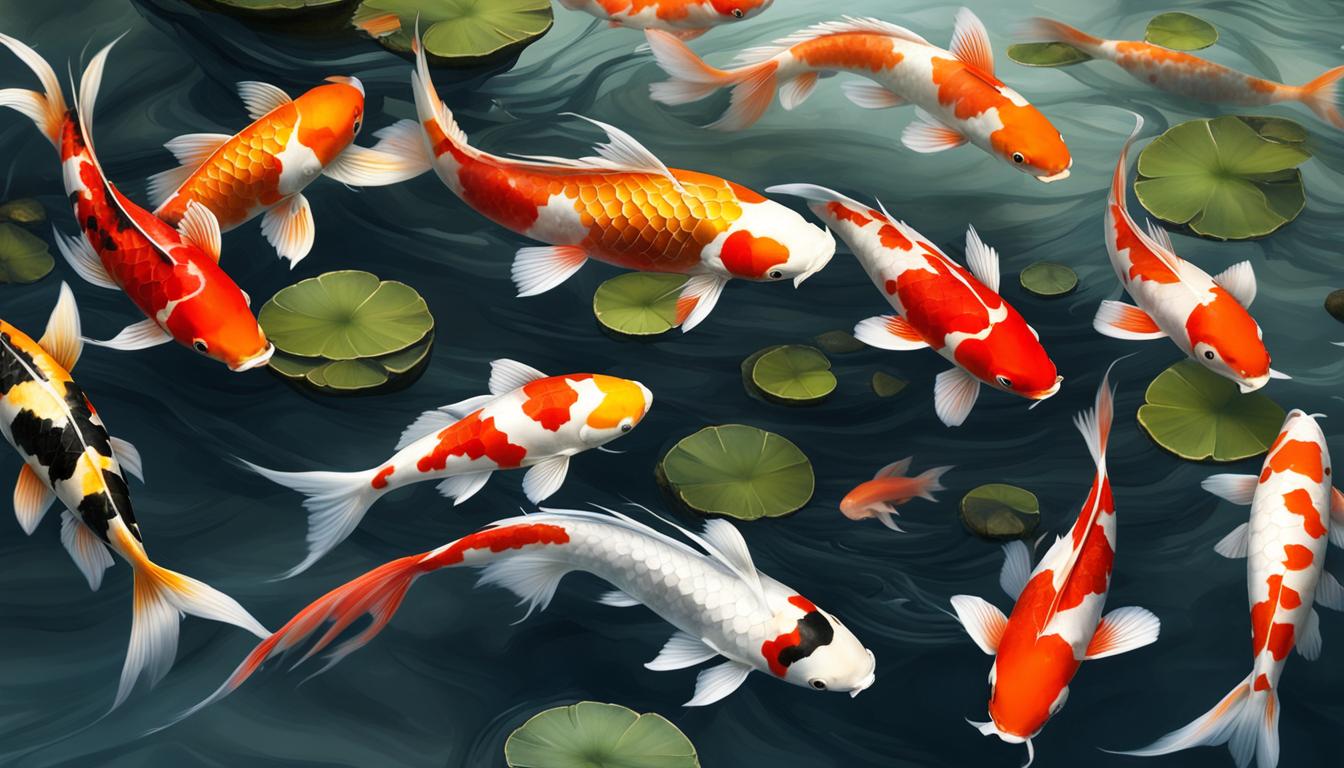The Full Grown Frontosa Cichlid reaches an impressive size and is native to Lake Tanganyika in Africa. These cichlids are not overly aggressive and can be maintained in a community tank with fish of similar size and temperament.
It’s important to avoid mixing them with much smaller fish or belligerent species that may intimidate them. Additionally, they can coexist with the Blue Dolphin Cichlid from Lake Malawi, as both species thrive in alkaline environments. We will explore the origin, size, lifespan, breeding, care, tank mates, and other important aspects of keeping Full Grown Frontosa Cichlids.
We will also provide valuable information and tips on setting up a tank and ensuring the well-being of these magnificent fish.
Table of Contents
Frontosa Cichlid: Origin, Size, And Lifespan
The Frontosa Cichlid is a species with a rich history and interesting origins. These fish are native to Lake Tanganyika in Africa. Frontosa Cichlids are known for their impressive size, with adults reaching up to 12 inches in length. They have a lifespan of around 15 years if properly cared for.
Understanding the typical size of Full Grown Frontosa Cichlids is important for fish enthusiasts. These cichlids can grow to be quite large, making them a focal point in any aquarium. In terms of longevity, Frontosa Cichlids have a relatively long lifespan compared to other fish species.
With proper care and a healthy environment, these fish can live for many years. Overall, Frontosa Cichlids are fascinating creatures that require specific conditions and care to thrive. As such, they make a great addition to any aquarium for those interested in unique and beautiful fish species.

Credit: www.youtube.com
Frontosa Cichlid Care: Tank Setup And Maintenance
Choosing the right tank size for Full Grown Frontosa Cichlids is crucial for their well-being. These majestic fish require spacious tanks to thrive. Essential tank setup requirements include providing plenty of hiding spots, such as rocks and caves, to mimic their natural habitat.
Maintaining the water parameters is essential for optimum Frontosa Cichlid health. Regular water changes and monitoring the temperature, pH levels, and ammonia levels are necessary. Feeding and nutritional needs should also be taken into consideration. Frontosa Cichlids are primarily carnivorous and require a high-protein diet.
Offering a variety of foods like pellets, frozen or live foods will help meet their nutritional requirements. Here are some tips for successful Frontosa Cichlid care and maintenance: monitor their behavior, ensure proper filtration, and keep tank mates compatible with their peaceful nature.
By meeting these requirements, you can ensure a healthy and vibrant Frontosa Cichlid in your aquarium.
Frontosa Cichlid Tank Mates: Creating A Harmonious Aquarium
Frontosa Cichlid tank mates play a crucial role in creating a harmonious aquarium environment. When choosing compatible tank mates for Full Grown Frontosa Cichlids, it is important to consider certain factors. Ideal tank mates for Full Grown Frontosa Cichlids include species that are peaceful and similar in size.
Suitable fish species to avoid when keeping Frontosa Cichlids are those that are aggressive or territorial. Maintaining peace and harmony in a multi-species aquarium requires careful consideration of the temperament and behavior of each species. It is essential to provide ample space and hiding spots to prevent conflicts.
Proper research and understanding of the different fish species will help ensure a successful and thriving aquarium ecosystem.
Frequently Asked Questions For Full Grown Frontosa Cichlid
How Big Does A Frontosa Cichlid Get?
A full-grown Frontosa cichlid can grow quite large in size.
How Big Do 7 Stripe Frontosa Get?
Full-grown 7 stripe Frontosa cichlids can reach a size of approximately 10-12 inches.
Is Frontosa Fish Aggressive?
Frontosa fish are not overly aggressive and can be kept with similar-sized and temperament fish in a Tanganyikan community. Avoid mixing them with much smaller or belligerent species.
What Cichlids Can Live With Frontosa?
Cichlids that can live with Frontosa are Blue Dolphin Cichlid and other fish of similar size and temperament.
How Big Do Full Grown Frontosa Cichlids Get?
Full Grown Frontosa Cichlids can reach sizes of up to 14 inches in length.
What Are Suitable Tank Mates For Full Grown Frontosa Cichlids?
Suitable tank mates for Full Grown Frontosa Cichlids include Suckermouth catfish, Jack Dempsey, Clown loach, Loaches, and Rainbowfish.
Are Full Grown Frontosa Cichlids Aggressive?
Full Grown Frontosa Cichlids are not overly aggressive and can be maintained as part of a community with fish of similar size and temperament.
Conclusion
Full-grown Frontosa Cichlids are majestic and captivating creatures that add beauty and intrigue to any aquarium. With their unique blue coloration and distinctive hump on their forehead, these African cichlids are truly a sight to behold. When it comes to their size, Frontosa Cichlids can grow to be quite large, reaching lengths of up to 14 inches or more.
It’s important to provide them with a spacious tank that can accommodate their size and swimming needs. Additionally, they prefer a high protein diet to promote optimal growth and health. Tank mates for Frontosa Cichlids should be carefully selected, as they are generally calm and peaceful but may be intimidated or even prey upon smaller fish.
Suckermouth catfish, Jack Dempsey, Clown loach, Loaches, and Rainbowfish are suitable companions for these stunning cichlids. Overall, the Frontosa Cichlid is a fascinating species that requires proper care and attention. By providing them with the right environment, diet, and tank mates, you can ensure that these fish thrive and bring joy to your aquarium for years to come.
I am a passionate aquarist with over 30 years of hands-on experience in fishkeeping. My journey began at a young age, collecting fish from the wild and learning through experimentation. Specializing in tropical fish, I bring a deep understanding of the hobby to FishKeepingMadeSimple. The site provides honest, detailed reviews of essential products and accessories to help fellow enthusiasts create the best environments for their fish.









